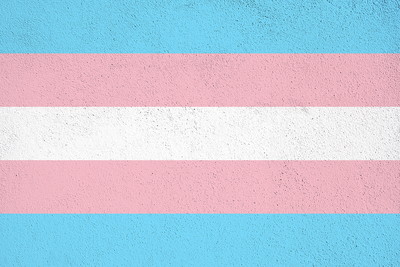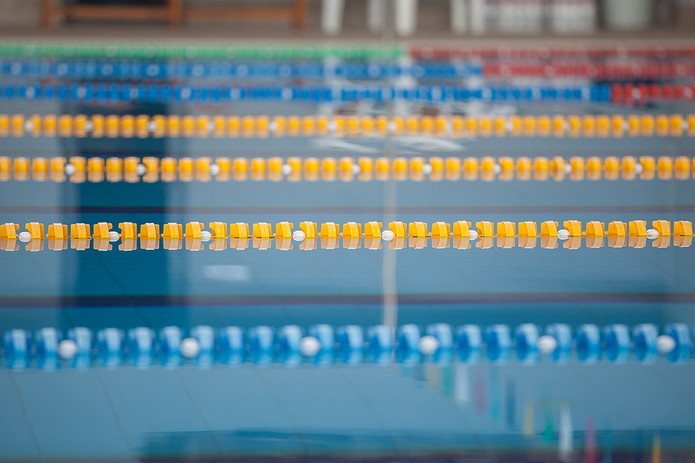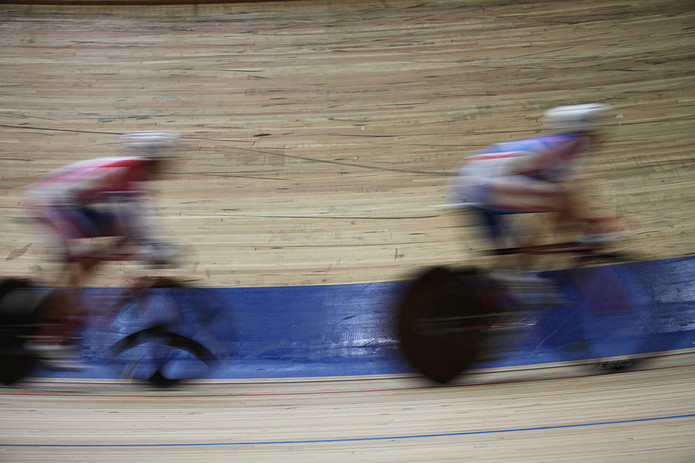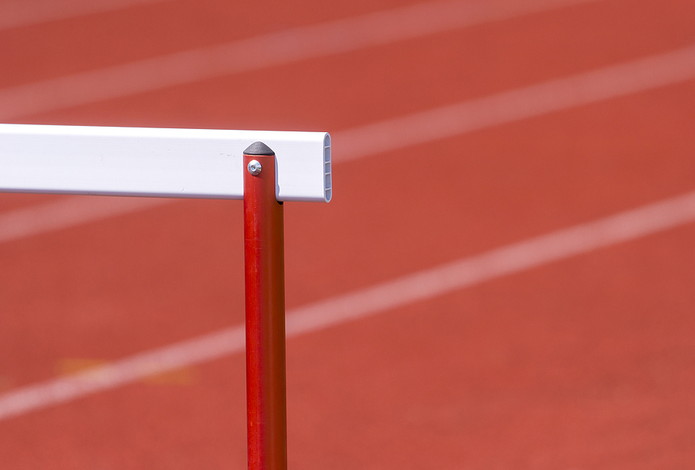 It’s one of the hottest, and most fiercely debated, topics in world sport.
It’s one of the hottest, and most fiercely debated, topics in world sport.
Should male-to-female transgender athletes be allowed to compete in events for women? The consensus has largely been yes, as long as the individuals in question have undergone testosterone reduction treatment.
But now the leading governing bodies in two Olympic sports have come forward and moved the goalposts entirely – Fina, the swimming regulator, has voted to ban transgender competitors that went through the male puberty process from competing in women-only events.
Meanwhile, Union Cycliste Internationale (UCI) – the world governing body for competitive cycling – will allow transgender athletes to compete in women’s races….albeit with tougher eligibility criteria.
Are Transgender Athletes Banned from Swimming?

It is understood that Fina’s stance is the first time that a governing body has openly banned transgender participants from competing in women’s events.
Instead, the regulator is looking to establish an ‘open’ category of races for those who identify as a different sex to their birth gender.
Fina has 152 member nations, and 71% voted in favour of banning transgender athletes from women’s races if they have transitioned from female to male after puberty.
To remove any doubt or inconsistency, a 34-page document published by Fina confirms its classification of those eligible to compete as ‘….provided they have not experienced any part of male puberty beyond Tanner Stage 2 [which marks the start of physical development], or before age 12, whichever is later’.
The ruling means that transgender swimmers like Lia Thomas, who dominated the college championships in America and had one eye on competing for Olympic gold, would not be allowed to compete in the women’s disciplines.
Fina’s executive director, Brent Nowicki, said that the organisation’s research was ‘comprehensive, science-based and inclusive, and, importantly, emphasised competitive fairness’, while the governing body’s president Husain Al-Musallam said:
“Fina will always welcome every athlete. The creation of an open category will mean that everybody has the opportunity to compete at an elite level.”
Are Transgender Athletes Banned from Cycling?

The major powers that govern competitive cycling have stopped short of an outright ban on those born with male reproductive organs from participating in women’s races, however they have toughened the criteria that otherwise allow it.
Union Cycliste Internationale has confirmed that they will double the length of probationary period that transgender athletes have to go through before they can compete in women’s cycling.
Now, individuals will have to maintain testosterone levels of below five nanomoles per litre for 24 months, as opposed to the one-year window that was previously in place.
The UCI have also used scientific findings to back their decision, with a statement reading:
“The latest scientific publications clearly demonstrate that the return of markers of endurance capacity to ‘female level’ occurs within six to eight months under low blood testosterone, while the awaited adaptations in muscle mass and muscle strength/power take much longer.
“Given the important role played by muscle strength and power in cycling performance, the UCI has decided to increase the transition period on low testosterone from 12 to 24 months.”
The transgender British rider, Emily Bridges, had been banned by the UCI earlier in 2022 after fearing a boycott over her participation in the national championships – she has since won an ‘inclusive’ race held in London.
Bridges has argued that hormone replacement therapy has a major – and quick – effect on an individual’s aerobic and physical capabilities, and that she has no advantage over competitors born with female reproductive organs as a result.
“Hormone replacement therapy has such a massive effect,” she said.
“The aerobic performance difference is gone after about four months.
“There are studies going on for trans women in sport. I’m doing one and the performance drop-off that I’ve seen is massive. I don’t have any advantage over my competitors, and I’ve got data to back that up.”
Are Transgender Athletes Banned from the Olympics?

For more than a decade (2004-15), transgender athletes were allowed to compete at the Olympic Games.
But it was in 2015 that the International Olympic Committee (IOC), who govern the Games, started commissioning research into the perceived advantages – if any – that transgender competitors may have.
They continued to allow transgender athletes to compete at the Olympics, albeit with the caveat that they must undergo testosterone suppression treatment to keep their levels below the prescribed five nanomoles per litre level for 12 months prior to competition.
In 2020, three transgender athletes – weightlifter Laurel Hubbard, Canadian footballer Quinn and Australian skateboarder Alana Smith – became the first ‘out’ competitors in Olympic history.
And in 2022, Timothy LeDuc became the first ‘out’ transgender athlete to participate in the Winter Olympics as part of the figure skating discipline.